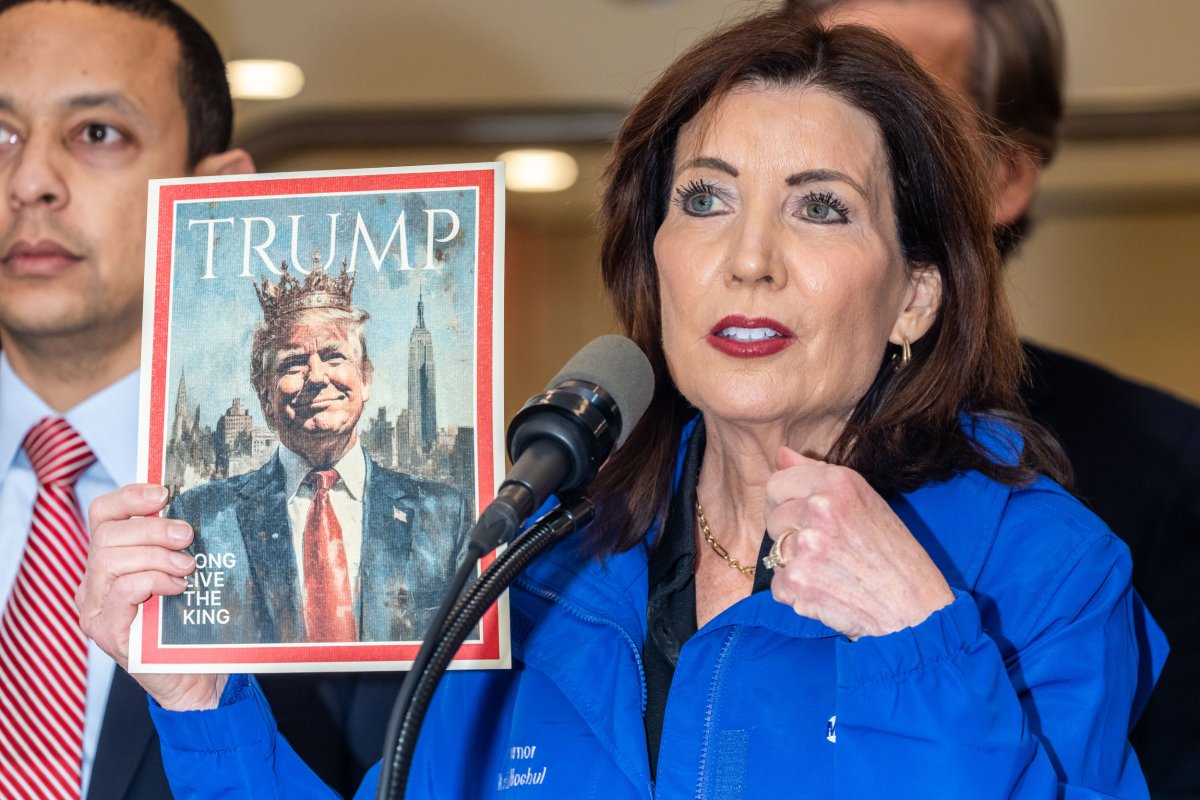New York City’s Congestion Pricing Plan is Under Scrutiny – A Closer Look at the Controversy
Uncertainty about the future of this controversial plan, which was designed to reduce traffic congestion and increase revenue for New York City‘s public transit system, has resulted from significant opposition. The Central Business District Tolling Program is officially called this initiative. It has generated debate on its possible impact on the economy of the city, commuters as well as the transportation landscape.

Central Business District Tolling Program: What you need to know
Congestion pricing, or the Central Business District Tolling Program as it is officially called, was first approved federally under Biden’s administration in 2023. Most drivers will have to pay around $9 for tolls in Manhattan during the peak hour. The plan is facing a great deal of opposition from locals. Motorcycles would pay $4.50, and larger vehicles between $14.40 to $21.60.
Transportation advocates and city officials praised the dual benefits of the program: it reduced traffic congestion, with its environmental impact and provided a crucial funding source for the Metropolitan Transportation Authority. Tolls were used to improve the subway, commuter train, and bus systems in New York City.
Arguments Against Congestion pricing
Although it was embraced enthusiastically by its advocates, the plan to charge congestion fees has encountered strong resistance. New Jersey officials and others have expressed concerns over the economic impact on commuters from other states. This argument is based on the notion that the toll unfairly discriminates individuals from New Jersey driving into Manhattan. It also imposes an unfair cost to interstate trade and impacts the quality of living of those who must or wish to visit Manhattan.
Discussion and Financial Implications
MTA estimated that congestion pricing could generate significant revenue. Initial estimates were $500 million for the first year, and this figure may rise to $700 millions with higher peak tolls. With further adjustments to the tolls, revenues may eventually reach $1 billion annually by 2031. Congestion pricing will reduce traffic in central business districts, where the MTA claims that congestion costs the region $20 billion annually.
However, critics argue that the fee could negatively impact the well-being and economic security of New York City residents from lower- and mid-income families. According to them, the plan won’t reduce congestion because wealthy people in the city center can afford it. Congestion pricing is perceived as an unfair tax that disproportionately impacts those most in need.
Kathy Hochul, former New York Governor, acknowledged earlier the risks of economics, pausing plans in 2024. Hochul cited the cost the plan could have on families of lower income who struggled to recover after the effects of pandemic.

Future Outlook and Diverse Reactions
Public officials and economists have expressed a variety of opinions on the congestion pricing debate. Paul Krugman, an economist from the University of Pennsylvania, has highlighted the effectiveness of congestion pricing in other areas of the United States. New Jersey Governor Phil Murphy expressed gratitude to those who opposed the plan. He also stated his wish to find an alternative solution.
Hochul said that the state would challenge this decision through legal channels. MTA, a New York Bridge Authority and other authorities have filed lawsuits in Manhattan to try to stop the decision.
New York City is still unsure of the outcome of the lawsuit and its future congestion pricing. It also struggles with finding equitable and effective solutions to the traffic and transportation problems it faces.


